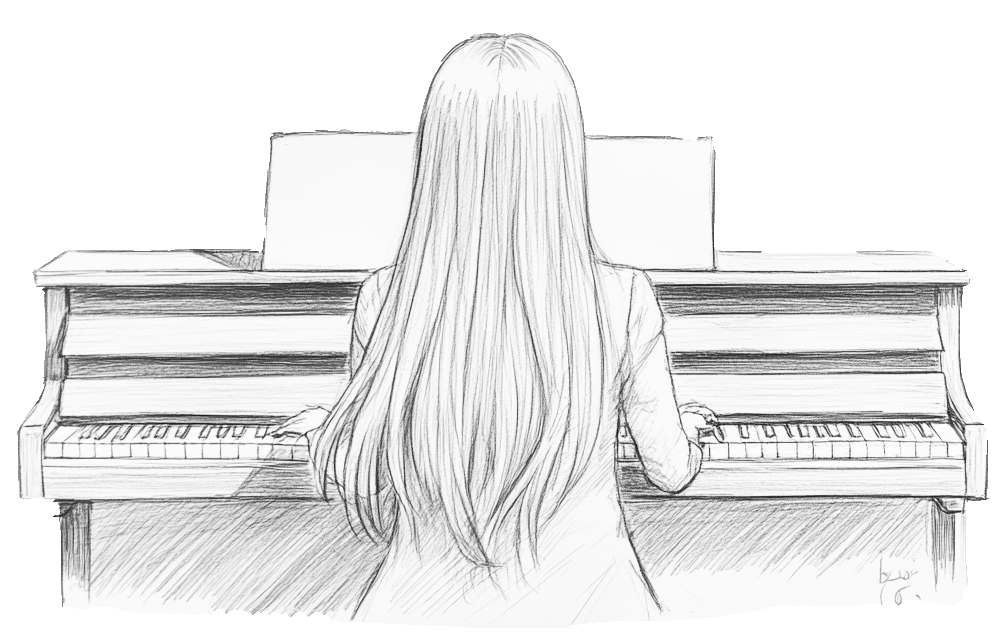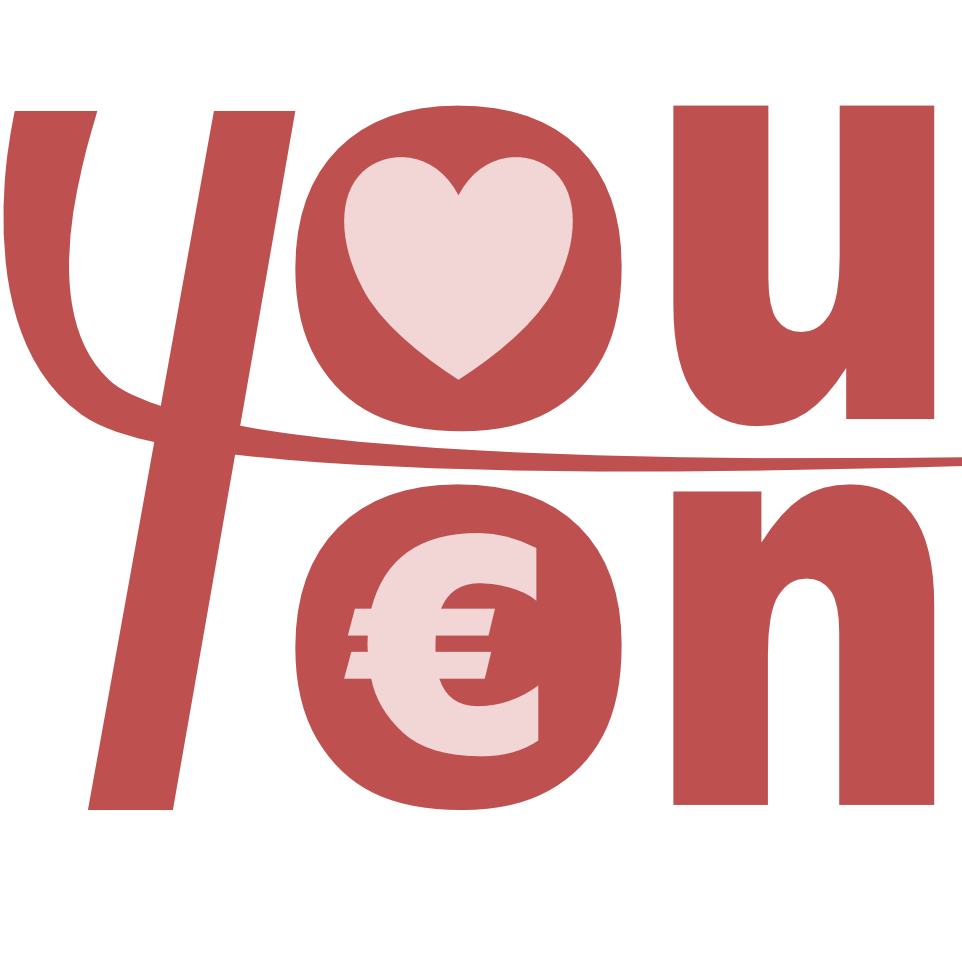The Struggle with Overthinking
It was one of those days where everything seemed to pile up. The day before, I had made great progress on my website, and I was excited to keep the momentum going. But life had other plans. One of my children had a play to perform, errands had to be done, dinner needed preparing, and another child had to get to sports practice.
Between all the responsibilities, I squeezed in time to work on the website wherever I could. But something was off. The whole day felt like I was pushing against a wall—forcing myself to get something done. I didn’t notice it fully at the time, but the energy I was putting into the project was tight, constrained, and, frankly, exhausting.
That evening, as I tucked my daughter into bed, she said, “Oh, Mom, I have this enormous cramp in my lower leg.” I tried massaging it out a little before bringing her to bed. Once she was asleep, I sat by myself and thought: Why is there cramp energy in my direct surroundings?
Whenever I notice something in my environment, I ask myself, Where is this showing up inside of me? I believe that the reality I experience is one I create, so if there’s cramp energy around me, it must mean my energy is cramped too.
And then it hit me—I had been pushing all day, forcing myself to work on the website without any sense of flow or ease. In that moment, I made a decision. I told myself, I’ll give it up. Forget the whole project. I’m not doing it anymore. It was a great idea, but I’m letting it go.
I started preparing to take a long, warm shower, ready to let the day dissolve. As I walked toward the bathroom, I thought about checking on my daughter one more time. I found her sound asleep, peaceful and calm, and it gave me a sense of relief.
When I came back downstairs, something surprising happened. I felt a renewed sense of inspiration. Out of nowhere, I had an idea for a tool. I quickly grabbed a piece of paper and sketched out a 30-day grid, calling it Build Muscle of Trust.
The tool felt right, but there was one problem: it required two people. I couldn’t practice it alone. I wrote underneath the grid, How can I build this muscle alone? It was a question I didn’t have the answer to, but I decided to leave it there and let it be.
As I walked past the piano, something nudged me to sit down and play. I hadn’t played Für Elise in months, but I decided to give it a try. At first, I struggled. My fingers hesitated, and I overthought every note. But then I remembered something—I relaxed my body and trusted my fingers to know the way.
And then, it happened. The right keys seemed to light up in my mind, and I started playing more and more confidently. Before I knew it, the entire melody was flowing effortlessly from my fingers. The joy I felt was indescribable.
In that moment, I realized my essence had answered my question. The act of sitting at the piano, letting go, and trusting my body to remember was the answer I was seeking. Trust isn’t just about a tool or a grid; it’s about listening to the subtle nudges inside and following them without overthinking.
Reflecting on this experience, I realized how often overthinking creeps in and takes over. It’s not that the intention behind the work—like my website—is wrong; it’s that the energy I bring to it sometimes shifts into a tight, controlling force instead of an open, flowing trust. I do that. I can change that.
The moment I let go of the website project, inspiration returned effortlessly. It wasn’t something I forced—it came from within, bubbling up naturally when I gave space for my energy stream to flow again. And the piano moment? It was a gift from my essence, a reminder that trust is something you build not just through intention, but through action.
The Muscle of Trust tool was born from that inspiration. The idea of a 30-day grid to track daily practice felt empowering. Even though I initially thought it required two people, my essence showed me the answer: trust starts from within. By following the nudge to play the piano, I realized that solo practices—like dancing, creating, or simply listening to subtle inner guidance—can be just as powerful in building this muscle.
The real insight was this: trust grows when we let go of the need to control outcomes and allow ourselves to act on impulses that don’t always make logical sense. Whether it’s playing the piano, sketching an idea, or stepping outside to breathe the fresh air, each of these acts strengthens our connection to our inner energy and reinforces our trust in it.
This experience taught me something profound: trust isn’t about having all the answers or knowing exactly where something will lead. It’s about listening to the quiet nudges, letting go of control, and stepping into the unknown with faith in the process. Faith in my Essence.
Overthinking doesn’t create solutions—it cramps our energy and blocks the natural flow of inspiration. But when we give up the need to force outcomes, we create space for our essence to guide us. And in that space, the answers come—not through logic, but through moments of connection, joy, and clarity.
The journey of building trust is a practice, one that grows stronger with each small act of listening and responding to our inner energy. Whether it’s sitting at the piano, dancing to a song, or taking a pause when things feel forced, trust is built in the moments we let go and allow ourselves to be guided.
Here’s to the joy of creating,
Anke Joanne

